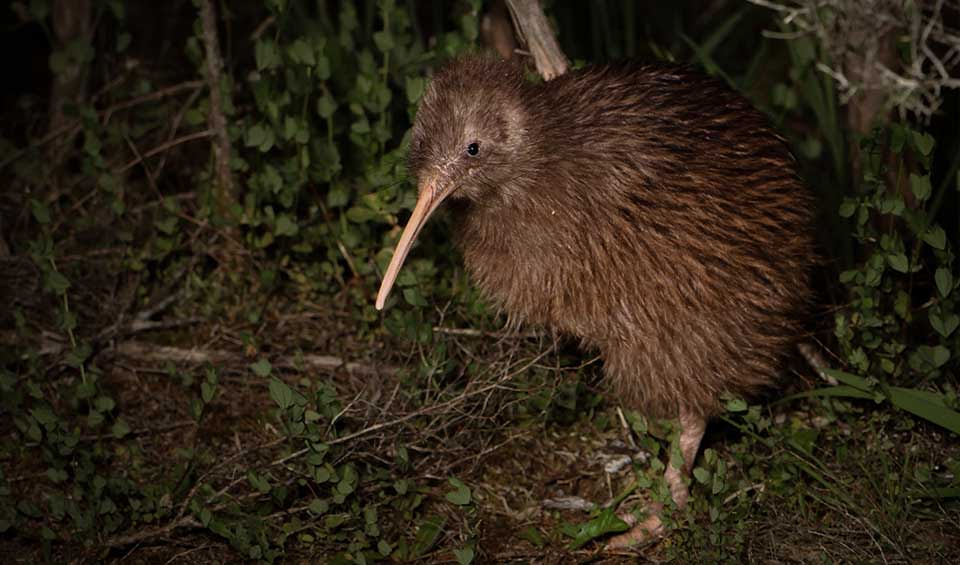Apteryx – Kiwis
Kiwis are so iconic to New Zealand that people from the country are referred to as Kiwis
The kiwi symbolizes New Zealand’s unique wildlife and holds a special place in the nation’s heart, often affectionately referred to as an unofficial national emblem. These flightless birds, belonging to the genus Apteryx, are remarkable for their endemism to New Zealand and their distinctive biological features.
There are five recognized kiwi species, and each exhibits slight variations in size, plumage, and habitat preference, but all share common kiwi characteristics. While hybridization among kiwi species is a concern, the extent and implications of this are a subject of ongoing research, as it could potentially impact the genetic diversity and survival of these distinct species.
Kiwi birds possess several unique traits. They are roughly the size of a domestic chicken, making them one of the smallest living ratites (a group of large, flightless birds that includes ostriches and emus). Unlike their larger counterparts, kiwis have adapted to a life hidden among the dense forest undergrowth of New Zealand. Their shaggy and hair-like plumage blends seamlessly into the forest floor, providing excellent camouflage from predators.
As nocturnal creatures, kiwis are highly secretive, which, coupled with their rarity, makes them a seldom-seen treasure in the wild. Their eyesight is indeed poor, which is unusual for nocturnal birds. However, they compensate for this with an extraordinary sense of smell, a rarity among avian species. The kiwi’s long beak is a marvel of evolution, with nostrils located at the tip, allowing them to detect worms, insects, and other invertebrates underground, which they excavate with their beak.
Kiwis are monogamous, often forming lifelong pairs, and exhibit an unusual breeding strategy for birds. They nest in burrows, hollow logs, or under dense vegetation. The female lays one of the largest eggs, about the body size of any bird in the world. These eggs can weigh up to one-quarter of the female’s body weight. After the egg is laid, the male typically takes on the primary role of incubating the egg.
Species in this genus
Great spotted kiwi
The vanishing largest kiwi with a mongoose-like fur
Okarito kiwi
The nocturnal multisyllabic duet singers of Ōkārito forest



